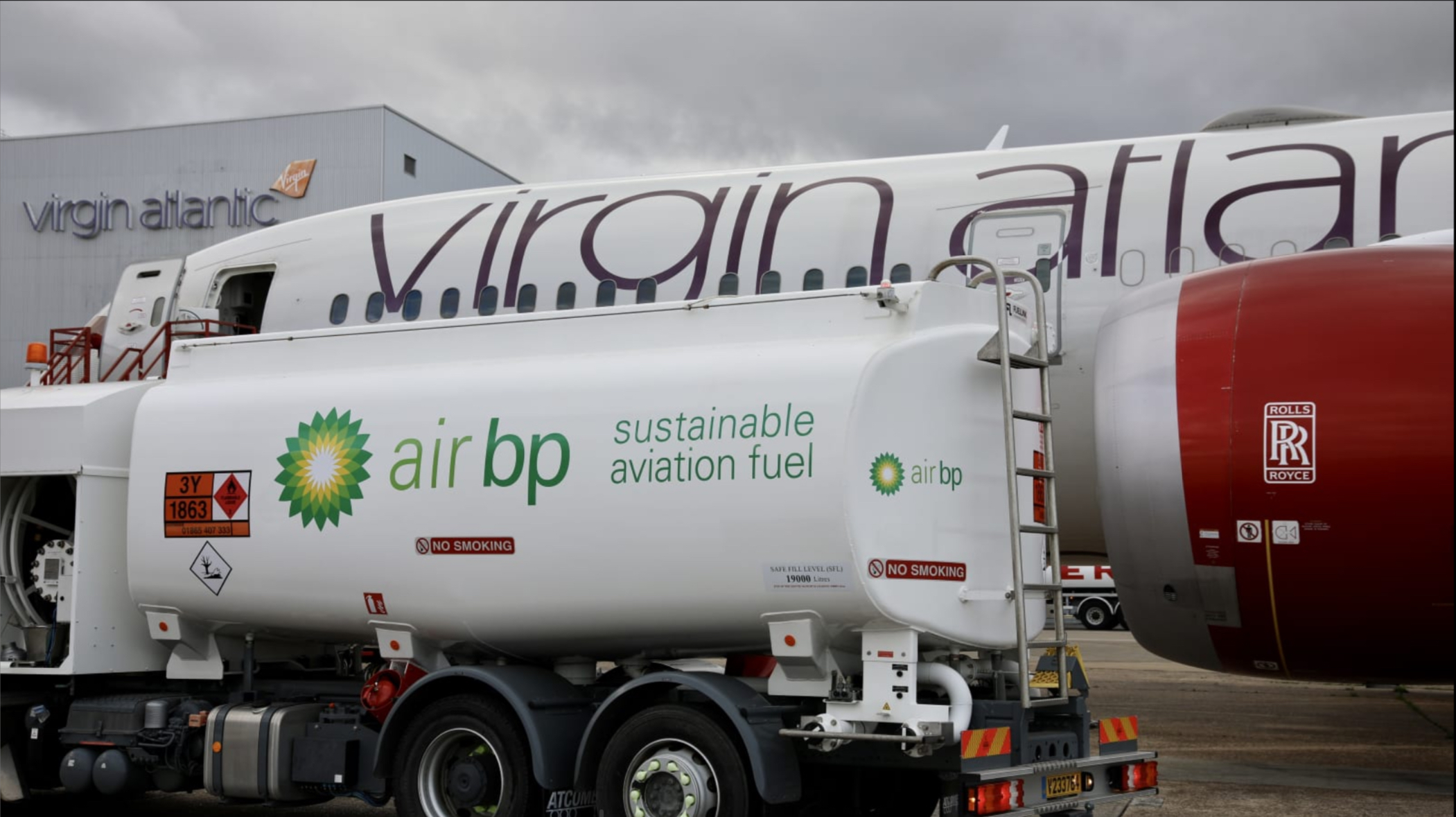By Michael Botti, Year 12
The second part of our series on carbon neutrality concerns how Switzerland and other countries can attain their net zero policy goals by 2050. We look at eight major areas for sectoral mitigation: Energy, Industry, AFOLU (agriculture, forestry and other land use), Transportation, Buildings, Cities, Demand-side Measures, and Carbon Dioxide Removal.
Energy Sector
The Energy Sector is a significant contributor to global greenhouse gas emissions, responsible for 33%. The predominant issue in this sector is the level of CO2 emission resulting from thermal power generation, predominantly due to our reliance on fossil fuels. The key to addressing these emissions is a strategic shift away from fossil fuels, increasing our dependency on renewable energy sources. The IPCC underscores the need for major transitions encompassing a significant reduction of fossil fuels and the integration of low-emission energy sources. Widespread electrification is a key strategy, alongside the utilization of hydrogen and sustainable biofuels, especially in scenarios where electrification may not be feasible. Moreover, improving energy efficiency is critical. The ongoing deployment of infrastructure reliant on unabated fossil fuels risks ‘locking-in’ greenhouse gas emissions, making future mitigation efforts more challenging.
Industrial Sector
The industrial sector is accountable for 24% of worldwide greenhouse gas emissions. Reaching net-zero CO2 emissions in the industrial sector is a significant challenge but is within the realm of possibility. To reduce emissions effectively, it requires a coordinated approach across all levels of the value chain. This includes optimizing demand management, improving energy and material efficiency, promoting circular material flows, and introducing cutting-edge abatement technologies. Moreover, the implementation of new production processes utilizing low and zero-GHG emission sources like electricity, hydrogen, and alternative fuels, in conjunction with carbon management strategies, is critical for progress toward net-zero GHG emissions.
AFOLU Sector
The Agriculture, Forestry, and Other Land Use (AFOLU) sector is significant as it contributes to 22% of global greenhouse gas emissions. A significant portion of emissions comes from natural processes in agriculture and livestock management. For instance, methane, a potent greenhouse gas with a global warming potential 27.9 times that of carbon dioxide, is released during the digestive fermentation in livestock, like cattle belching. Additionally, nitrous oxide, another greenhouse gas, is emitted from agricultural soils, fertilizers, and waste management practices.
Transportation Sector
The transportation sector is responsible for 15% of global greenhouse gas emissions. The main source of emissions in the transportation sector is the combustion of fossil fuels in internal combustion engines. For example, gasoline, which is produced from petroleum, releases CO2 when it burns in vehicles. The more internal combustion vehicles are driven, the more CO2 they emit due to the continuous burning of fossil fuels. The IPCC states that electric vehicles, especially those powered by low-emission energy sources, have a significant potential to reduce carbon emissions across the lifecycle of land transportation. The crux of maximizing their benefits lies in powering them with renewable energy sources, rather than relying on electricity generated from coal.
Building Sector
The building sector is responsible for 6% of global greenhouse gas emissions. The IPCC emphasizes the crucial role of building design and retrofitting in mitigating climate change. Implementing a comprehensive policy that integrates rigorous efficiency, sufficiency, and renewable measures can lead existing and future buildings towards nearly zero greenhouse gas emissions by 2050. Conversely, less stringent policies could result in long-term carbon lock-in. Key actions to mitigate emissions from homes and buildings include the development of Zero Energy Buildings, which are designed to achieve a net-zero energy balance annually through the use of renewable energy and enhanced insulation. Additionally, boosting energy efficiency through improved insulation and the installation of high-efficiency systems can significantly lower energy use and greenhouse gas emissions. The use of wood as a building material also contributes to climate change mitigation. Wood serves as a carbon sink, absorbing and storing CO2 from the atmosphere, thereby making wooden buildings beneficial in reducing overall carbon levels.
Cities
According to the IPCC, cities have the potential to significantly lower greenhouse gas emissions. The key strategies involve reshaping how energy and materials are used, moving towards electrification, and improving the urban landscape’s ability to absorb and store carbon. This holistic approach, which encompasses changes within cities as well as across their wider supply chains, is vital for achieving net-zero emissions.
Demand-side Measures
Demand-side mitigation is an approach that focuses on altering the use of infrastructure, adopting new technologies for final usage, and encouraging socio-cultural and behavioral shifts. The IPCC underscores the potential for this approach to significantly reduce greenhouse gas emissions in end-use sectors—possibly between 40 to 70 percent by the year 2050 compared to baseline projections. This method extends beyond emission reductions, aiming to improve the overall well-being of populations. As a Demand-side mitigation measure, consumer behavior can be influenced by awareness of a product’s carbon footprint. A carbon footprint is total greenhouse gas emissions throughout the product’s life cycle. This information can steer consumers towards choices that have a lower environmental impact.
Carbon Dioxide Removal
Carbon Dioxide Removal, or CDR, involves capturing CO2 from the atmosphere and securing it in various reservoirs. The IPCC underscores its necessity for achieving net-zero emissions, particularly for offsetting emissions from sectors where reduction is challenging. CDR methods range from natural solutions like afforestation to technological ones like bioenergy with carbon capture and storage, BECCS, and direct air capture and storage, DACCS.
Conclusion
These eight major sectors contain the necessary measures for achieving carbon neutrality. The journey to a carbon-neutral future is complex and challenging, yet it is one of the most vital paths we must undertake for the health of our planet and future generations. Each of us holds the power to make a difference, no matter how small it may seem. Consider how the choices we make, both individually and collectively, impact our environment. Together, let’s envision and work towards a sustainable, carbon-neutral world.



